Dying is easy, comedy is hard it has been said. Comedy is the riskiest genre of film to create because while making it you never know if it is working until the editing room. You hope, your extincts serve you well, but you just do not know, this is where having great cinematic sense serves the director. Onstage it is easier because those around the director are watched carefully to make sure they are laughing, but a film set is very different.
There are also crossovers where one form merges with another to become one, or the entire genre is merged with another. The most recent form of new comedy is the parody, more or less created by Mel Brooks who made affectionate fun of various film genres in the seventies beginning with Blazing Saddles (1974). The oldest form is slapstick coupled with burlesque, ribald even vulgar comedy.
It was Chaplin who understood how to make comedy great, sneaking in his powerful social messages among the gales of laughter or happy tears. His gift for slapstick was genius, but he merged that with his ferocious social awareness to create some of the finest comedies of all time. In the forties, Preston Sturges made some of the great film satires, while Arsenic and Old Lace (1944) was among the first black comedies to find an audience. And so they evolved, great directors emerged directing brilliant comedies with actors doing brilliant, though often ignored work. Today there ten sub-genres within the master comedy genre. Here they are defined, with examples of the very best of the genre.
1. Black Comedy
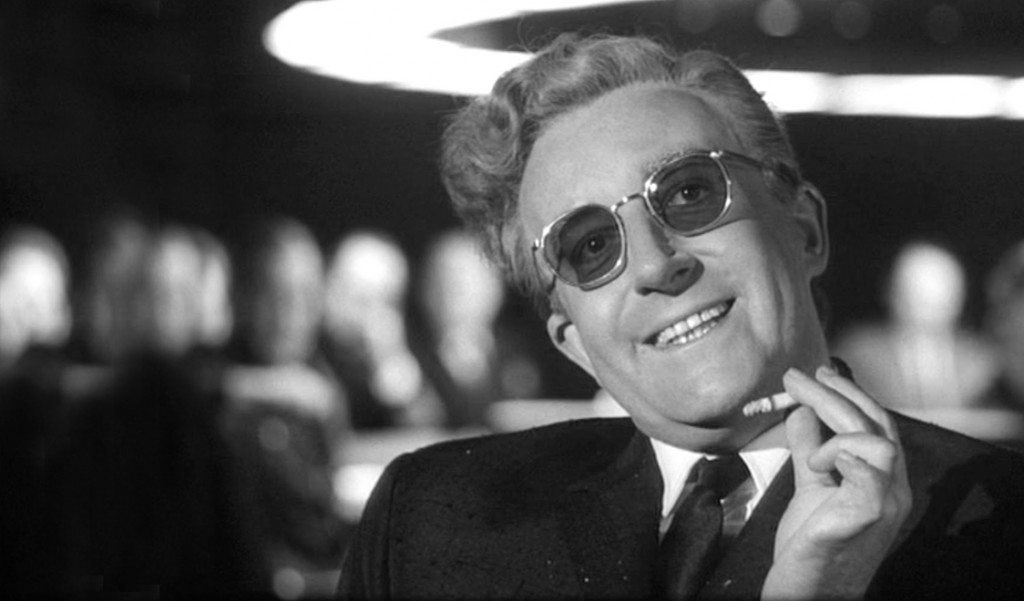
Perhaps the most sophisticated form of comedy, black comedy depends on making an audience uncomfortable and drawing laughter from taboo subjects such as murder, sex, religion, politics, anything that has been taboo in exploring on film. Good writing and smart direction are essential, and a true black comedy remains dark through to the very end of the film, there is nothing to brighten things up towards the conclusion. The creators must have the courage of their convictions and follow the comedy through to the chilling finale. Arsenic and Old Lace (1944) was the first great such film, based on the long-running play that could not become a film until the Broadway run was over. Chaplin attempted a black comedy with his brilliant, unsettling Monsieur Verdoux (1947), a chilling film, but his audiences did not warm to him in the role or really, speaking. Considered a masterpiece today, it was reviled upon released.
The greatest black comedy for many remains Kubrick’s masterful Dr. Strangelove (1964), a stunning work about the end of the world made shortly after the Cuban Missile Crisis when the world was genuinely fearful of a nuclear war. True black comedy right through to the dark ending where we see the world end, it is hilarious but darkly so, daringly so. His film A Clockwork Orange (1971) is often hailed as a black comedy as well, though also crosses into social satire, equally dark, equally brilliant. More recent black comedies include Death Becomes Her (1990) and the viciously comic Very Bad Things (1998). To an extent Suicide Squad (2016) is a black comedy as well, turning the superhero film upside down making the villains the heroes, sort of.
Read More: Best Comedy Movies of All Time
2. Burlesque
Burlesque is tied together with vaudeville and owes its roots to early night clubs where the humor was sexual and risqué. Mae West films would be an example of early burlesque films, which began losing their appeal by the mid-thirties when a strict moral code was adapted to cinema. Emerging from this style of comedy would be Abbott and Costello, Fanny Brice, Eddie Cantor, even Martin and Lewis. It is the least produced of the sub-genres of comedy.
Read More: Funniest Comedies of All Time
3. Romantic Comedy
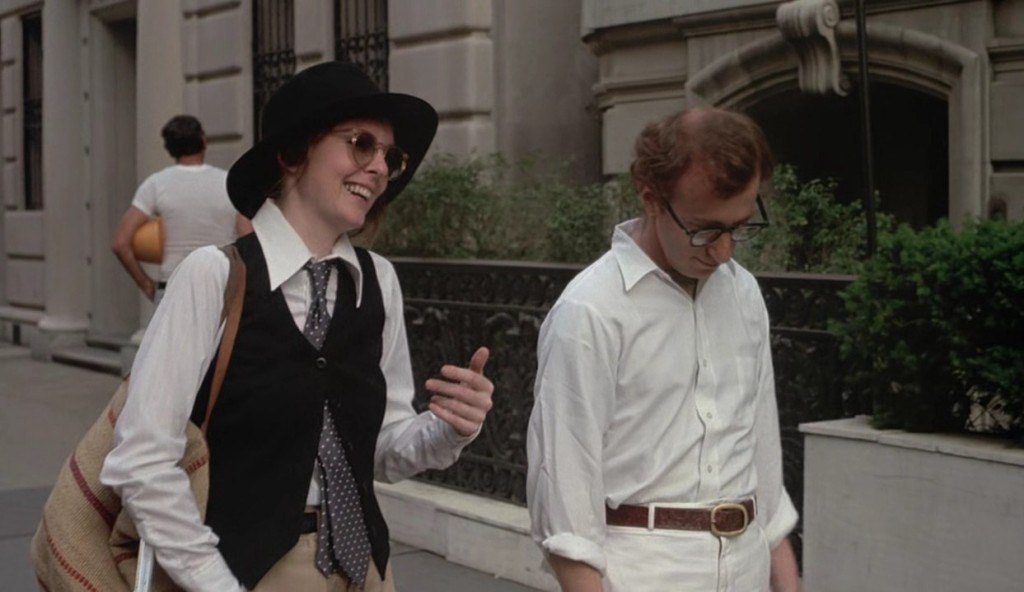
Boy meets girl, boy loses girl, boy gets girl back are the tried and true rules of Hollywood romantic comedies. It Happened One Night (1934) set the standard for the romantic comedy, which was followed by the famous Hepburn-Tracy comedies such as Pat and Mike (1951) or the Rock Hudson-Doris Day films of the fifties. Two big stars who will overcome conflict but be together by the end. In 1977, Woody Allen created a more realistic take on the genre adding the fourth rule, boy and girl split for good, first seen in Annie Hall (1977). Even Allen cannot help but be lovestruck as he was with his lovely Midnight in Paris (2011). Anytime we see Tom Hanks or Meg Ryan in a romantic comedy, count on a happy ending, the same can be said of Julia Roberts. In the nineties we saw gender boundaries crossed with gay romantic comedy such as The Birdcage (1996).
Read More: Most Erotic Movies of All Time
4. Satire
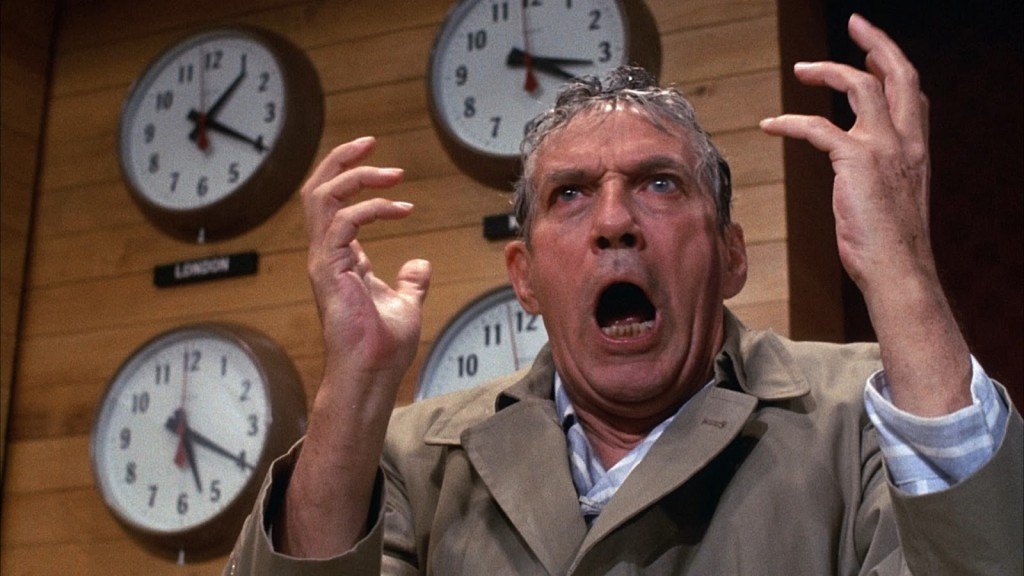
Defined as the intelligent use of words and wit to cut follies down to size, working best with the common man lashing out at corporate or government power. Usually satire can walk hand in hand with black comedy or political comedy. Charlie Chaplin gave us the great satire The Great Dictator (1940), a savage satire on Hitler and Fascism. Preston Sturges had great success early in his career with The Great McGinty (1940), but the great satires came later in the sixties and seventies when they had more bite. The Graduate (1967), the Hospital (1971), Network (1976) was each a lacerating satire and commentary on society, superbly written, directed and acted. Broadcast News (1987) was a splendid satire, one of the decade’s best film, acted with toxic poison from Holy Hunter and William Hurt.
Read More: Best Dark Comedy Movies of All Time
5. Slapstick
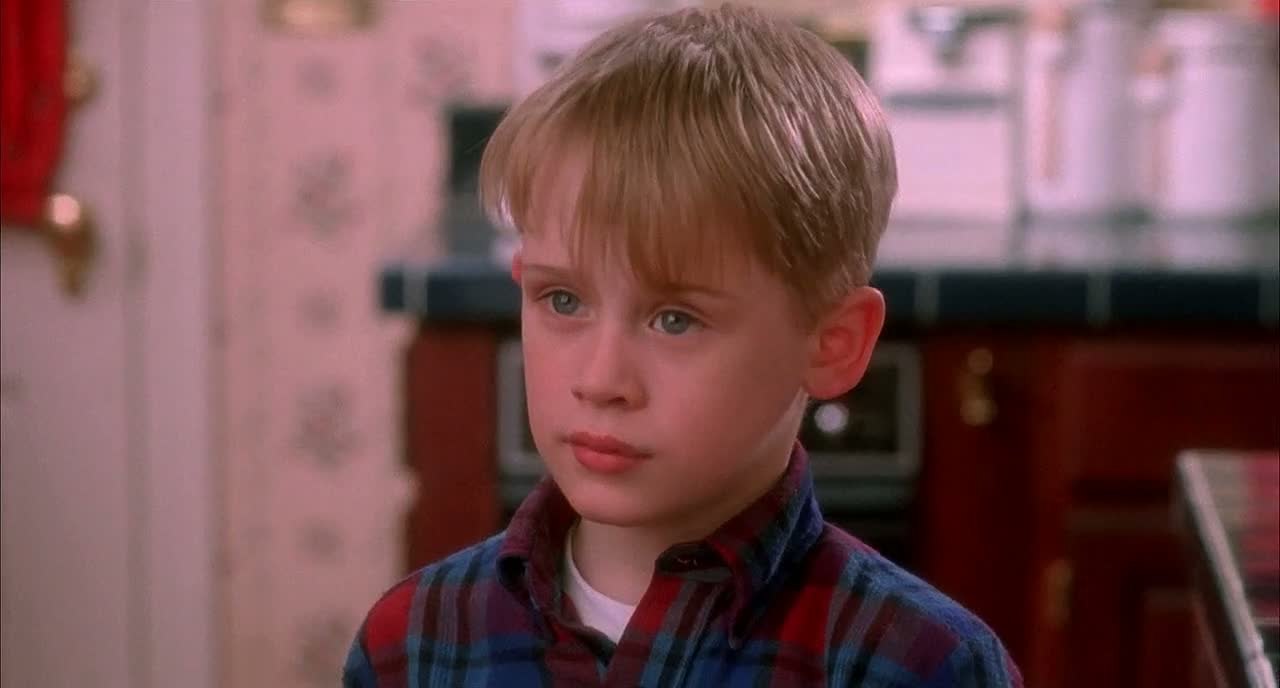
This form depends on the physical pain and humiliation of a character for laughs. It is widely considered to be the lowest form of comedy there is, and one that attracts children at a very young age. An obvious example is the Warner Brothers Road Runner cartoons or the early Three Stooges films. More recently Slap Shot (1977), also a satire has provided strong slapstick comedy and the hysterical Home Alone (1990) in which Kevin torments the burglars with his array of painful booby traps. The violence in the films is usually of the cartoon quality, meaning the characters though dazed and perhaps injured, get up and charge on, to get hurt again and again and again.
Read More: Most Underrated Comedy Movies of All Time
6. Political Comedy
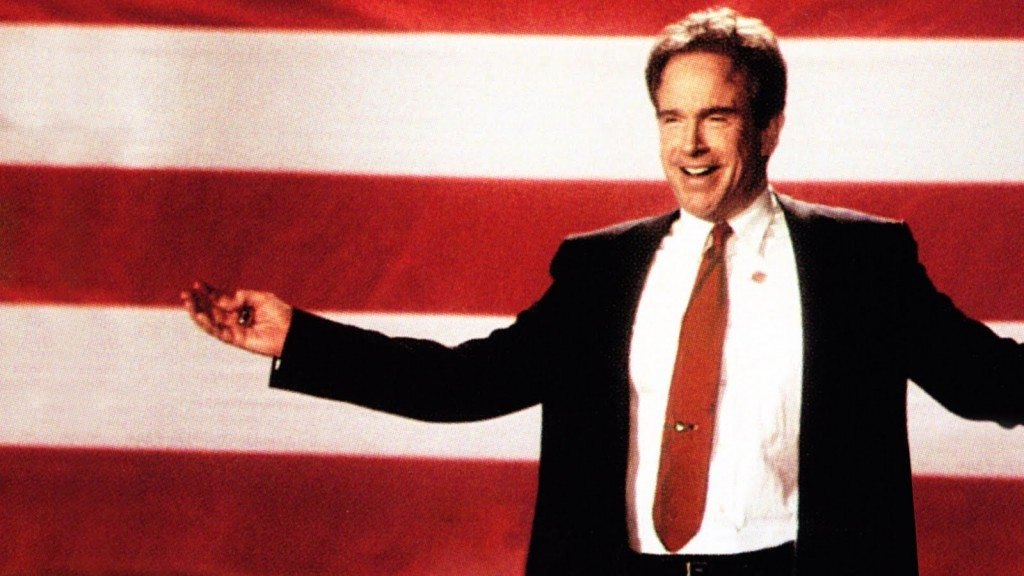
For many years it was assumed that films about politics were box office poison, which is simply not true. If political comedy can tap into the attitudes of the current society, the film will be embraced and beloved for years to come. In The Great McGinty (1940) a hobo rises to a very high position of power in politics only to have his own honesty bring him down. Fifty-eight years after Warren Beatty would give us a similar film, Bulworth (1998) that asked audiences to accept the politicians new found honesty. Beatty made a lacerating film one of the greatest political comedies ever made. There have been others of course, the brilliant satire Being There (1979) crosses over to political comedy, as does Bob Roberts (1992).
Read More: Best Comedy Movies of 2017
7. Screwball Comedy
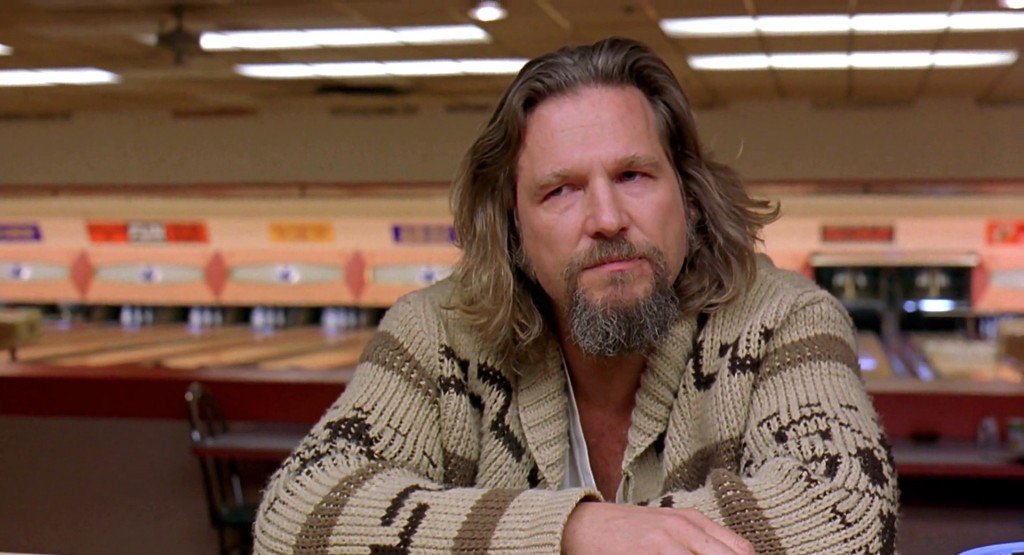
Whereas farce depends on improbable circumstances, screwball comedy is dependent on improbable characters. The characters are unlike anything we expect, in films such as Bringing Up Baby (1938) or My Man Godfrey (1940), both early examples of the genre. The Marx Brothers, whom I do not appreciate, were masters of screwball comedy during the thirties. More recently, Napoleon Dynamite (2004) would be such a picture, or reaching back Married to the Mob (1988) or even Moonstruck (1987) which also crosses into romantic comedy. Attempts at screwball comedy that failed would be a The Fortune (1975) and Ishtar (1987), though Warren Beatty, the star of both had better luck with his latest Rules Don’t Apply (2016). The Coen Brothers do well with screwball comedy in their films Raising Arizona (1987) and The Big Lebowski (1998). Anything Monty Python? Screwball, as screwball as it gets, the characters are as ridiculous as they come.
Read More: Best Comedy Movies of 2015
8. Farce
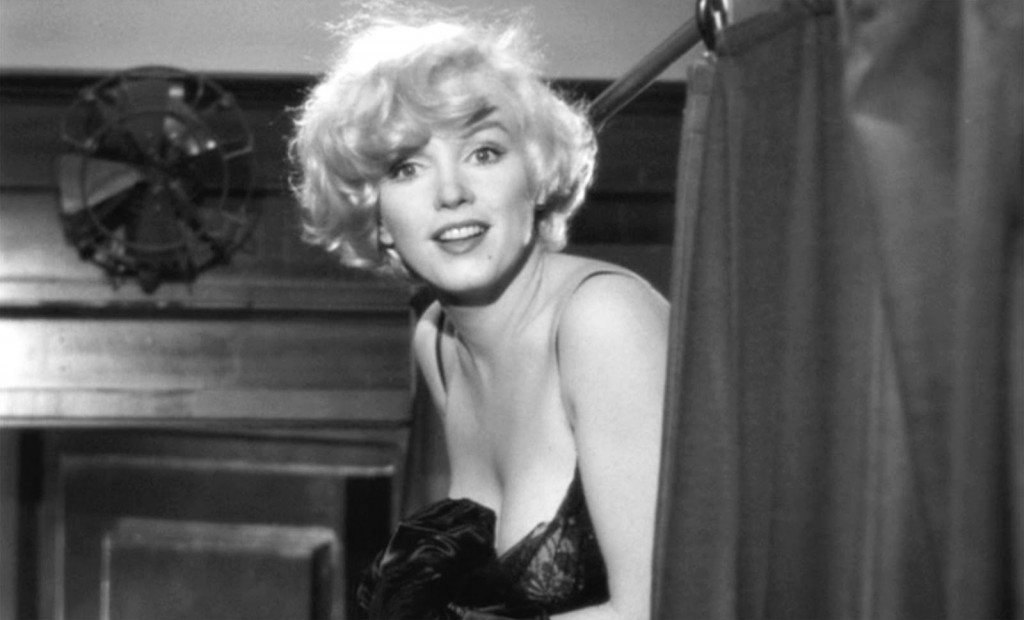
Dependent on a wildly improbable plot performed a breakneck speed, usually with mistaken identity as the key to the story, farce can be wildly entertaining when done right. The trouble is everything must be firing on all cylinders for the film to work, acting, direction, writing, editing, all of it must be spot on. The characters hurtle through the film, with near misses, near discovery constantly, but the characters are performed with realism. Preston Sturges did well in the forties with his farcical comedy in Hail the Conquering Hero (1944) and The Miracle of Morgans Creek (1944). Billy Wilders wonderful Some Like It Hot (1959) is often regarded as one of the greatest comedies of all time, yet I believe it was surpassed by the superb Tootsie (1982), which I believe to be the finest farce. Alexander Payne directed the lovely farce Sideways (2004), the finest since Tootsie (1982). Woody Allen gave audiences a wonderful, old-fashioned farce with Bullets Over Broadway (1994) one of his very best films featuring mesmerizing performances. If done well, farce can offer actors challenging roles, such as was the case with Jim Carrey in The Truman Show (1998). The finest farce in recent years is the superb The Grand Budapest Hotel (2014), a brilliant film that crosses into the screwball land.
Read More: Best Comedy Films of 2016
9. Musical Comedy
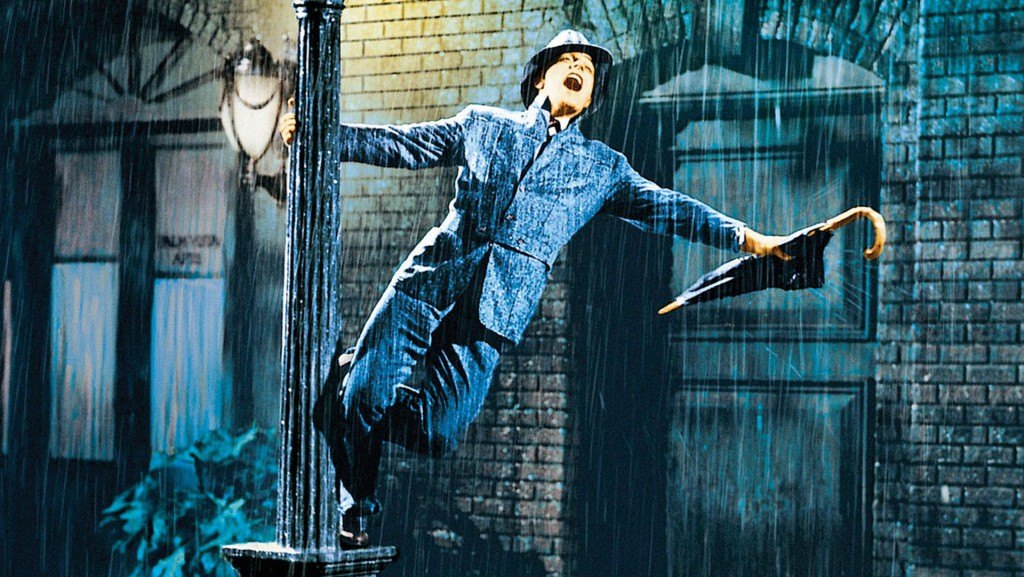
Pretty clear I think. Singin’ in the Rain (1952) is likely the best one ever made though last years La La Land (2016) can certainly make a case for best of the genre. Characters routinely burst into song, and the music might be played for laughs as it was in The Rocky Horror Picture Show (1975) also a parody cross over. When it fails onscreen as it did mightily with The Producers (2006) there is no hope of redeeming it. They tend to work best teeming with energy.
Read More: Best Funny Family Movies of All Time
10. Parody
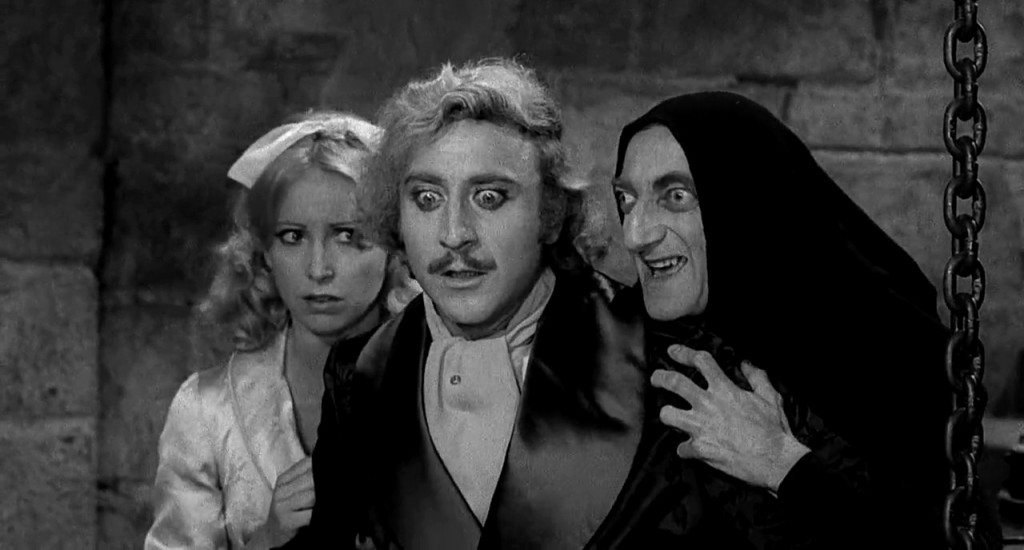
Though parody films made an appearance during the silent era, their reign truly began in the seventies with Mel Brooks’ Blazing Saddles (1974) an affectionate send-up of the American western. The key word is affectionate as the writer and director must live the genre or type of film they are making fun of. With Young Frankenstein (1974) spoofing horror films, Silent Movie (1976) being self explanatory, and High Anxiety (1978) having a great time with Hitchcock movies, parodies were hugely successful in the mid-seventies, and just exploded from there. Airplane (1980) had no mercy with the popular disaster films, while Brooks had a great time with Star Wars (1977) with Spaceballs (1987). To this day the parody film remains quite popular, tying in with audiences love affair with the movies.
Read More: Blade Runner, Explained

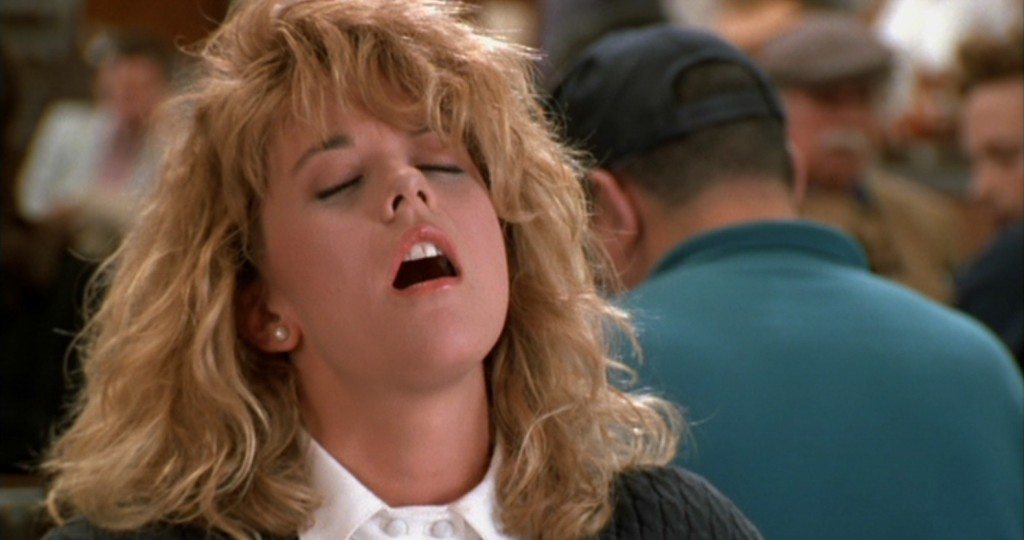
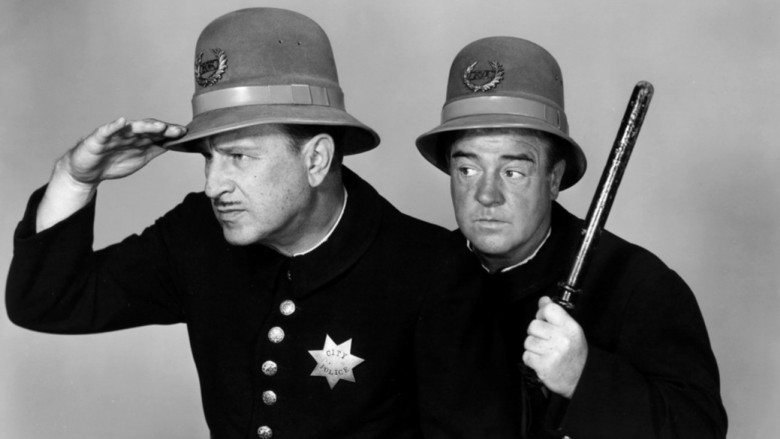
You must be logged in to post a comment.